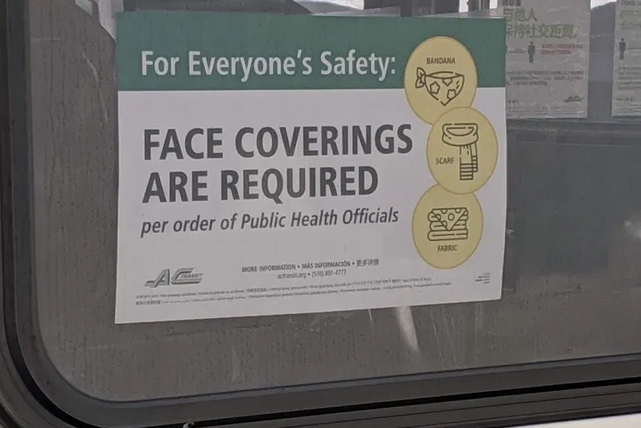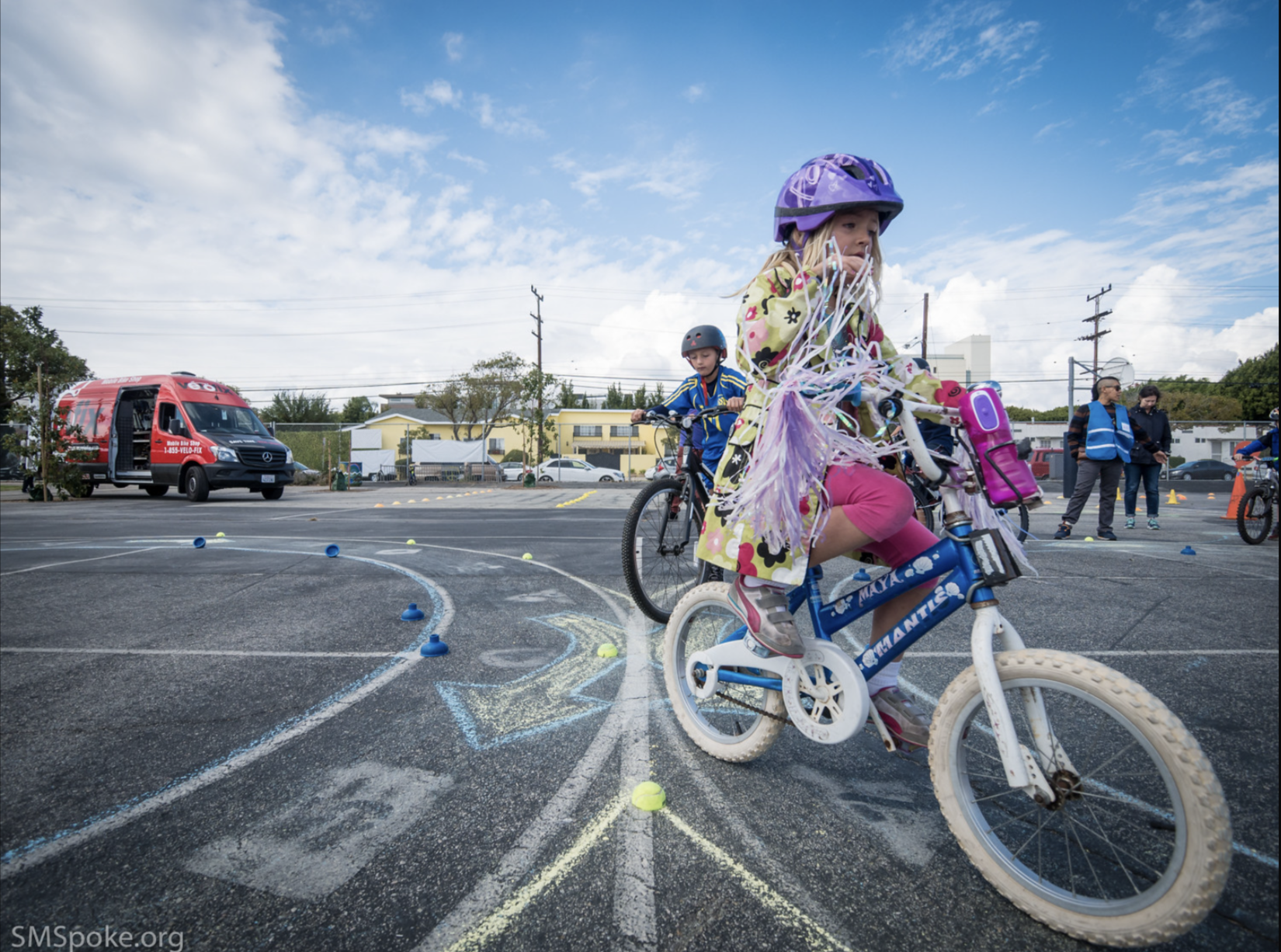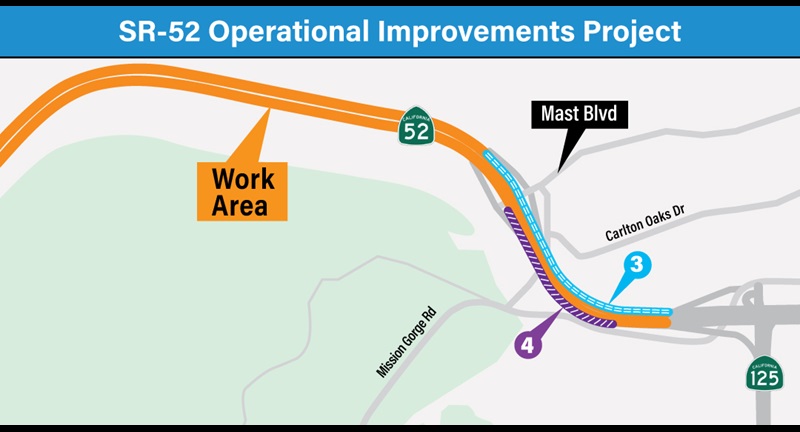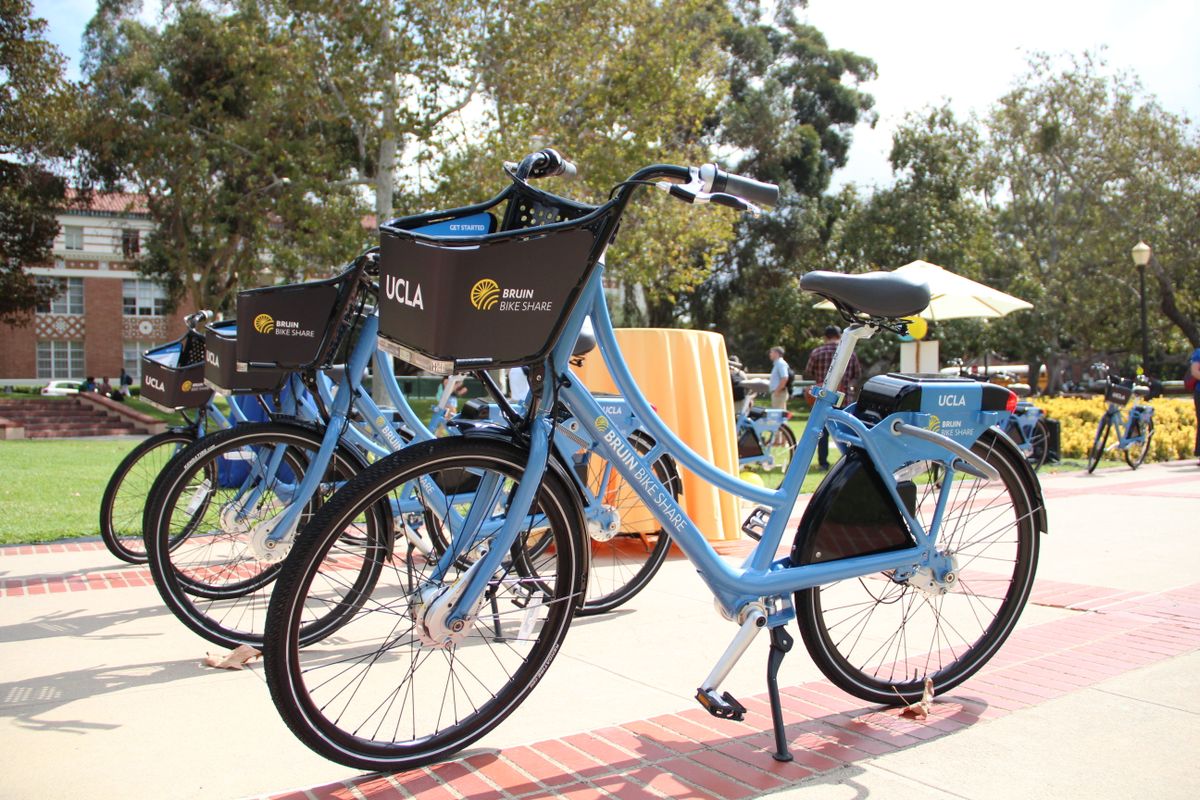
Note: GJEL Accident Attorneys regularly sponsors coverage on Streetsblog San Francisco and Streetsblog California. Unless noted in the story, GJEL Accident Attorneys is not consulted for the content or editorial direction of the sponsored content.
The last time I rode BART was shortly before shelter in place.
People were already self quarantining, so I had no trouble finding a seat away from other riders. But somewhere in the Transbay tube, I heard coughing. A few rows back, a woman was hacking into the open air. When she caught my glare, she lazily put her fist over her mouth.
Jason Hargrove, a bus driver in Detroit who was my age, posted about a similar experience in April. He died of COVID eleven days later.
As horrible as that is, in reality there’s no evidence transit is any more dangerous than other indoor spaces–if everyone wears a mask. As Janette Sadik-Khan and Seth Solomonow wrote in ‘Fear of Public Transit Got Ahead of the Evidence,’ published yesterday in the Atlantic:
Even during a pandemic, public-transit systems show themselves to be indispensable to the functioning of big cities, transporting essential workers to jobs, while also acting as a major engine of economic stability and equity. As New York and other cities take steps to reopen, transit agencies’ most pressing job, next to managing massive budget shortfalls, will be managing fear while they seek to reclaim the passengers they have lost. High-visibility cleaning and strong health-messaging campaigns, coupled with universal mask wearing [emphasis added], can help reassure passengers that they can return to a safe transit system. But more reassuring still is the lack of evidence that public-transit systems have played a role in COVID-19 transmission—and a growing body of research pointing in the other direction.
Japan, they pointed out, has some of the world’s busiest rail networks, and very few infections nationally—only about 17,000, or less than one percent of that of the United States. There are “…no reported upticks in Tokyo since Japan began reopening its economy. Officials traced a post-peak infection outbreak in Seoul, South Korea, not to transit but to a lack of social distancing at the city’s reopened nightclubs.”
But that’s South Korea and Japan, both cultures where people have always worn masks in public if they have the sniffles. They have successfully managed this pandemic with near-universal mask usage and strong testing and contract tracing. Meanwhile, 118,000 Americans have died of COVID, more than anywhere else in the world, and the third highest numbers of deaths per capita (the U.S. has averaged about 35 COVID deaths per 100,000 people. Korea has .54 and Japan has .73).
A uptick in new cases is already underway across California. And yet, there are states and even counties in California where masks–one of the few things that seems to work to reduce the spread of COVID–still aren’t mandated. And what else is there to say about the ineptitude of the always-unmasked Donald Trump?
COVID safety on transit is no different than everywhere else–to be safe, everyone has to wear masks. The conundrum, of course, is safety depends on other people wearing masks, as this chart illustrates:
Unfortunately, I can step into the hallway of my apartment building and half the people I encounter are unmasked. Just last week I watched an unmasked woman on the Bay Trail sneeze directly into the air, right at other people. Roger Marenco of Muni’s union told me about a bus driver who was held at gunpoint because he tried to get a rider to put on a mask. The other day a bunch of cops and firefighters congregated outside my building, none of them socially distancing, and only one wearing a mask.
As Hargrove said shortly before his death, what hope is there when a grown person can stand on the bus and cough several times, without even covering up their mouth? “That lets me know that some folks don’t care… thoroughly don’t give a f*ck.”
Cleaning and disinfecting trains and buses is important, but until a vaccine or effective treatments are found, that’s not going to be enough. The culture has to change until everybody starts giving a f*ck and wearing masks whether or not they feel sick, whether or not they like the idea, whether or not they think masks are comfortable (and that means covering the nose and mouth, not hanging under the chin or off an ear). Because if we can emulate what they’ve done in parts in Asia, there won’t be a reason to fear catching COVID on the bus or train in the first place.
Let’s just hope it doesn’t take another 100,000 deaths for Americans to figure this out.






